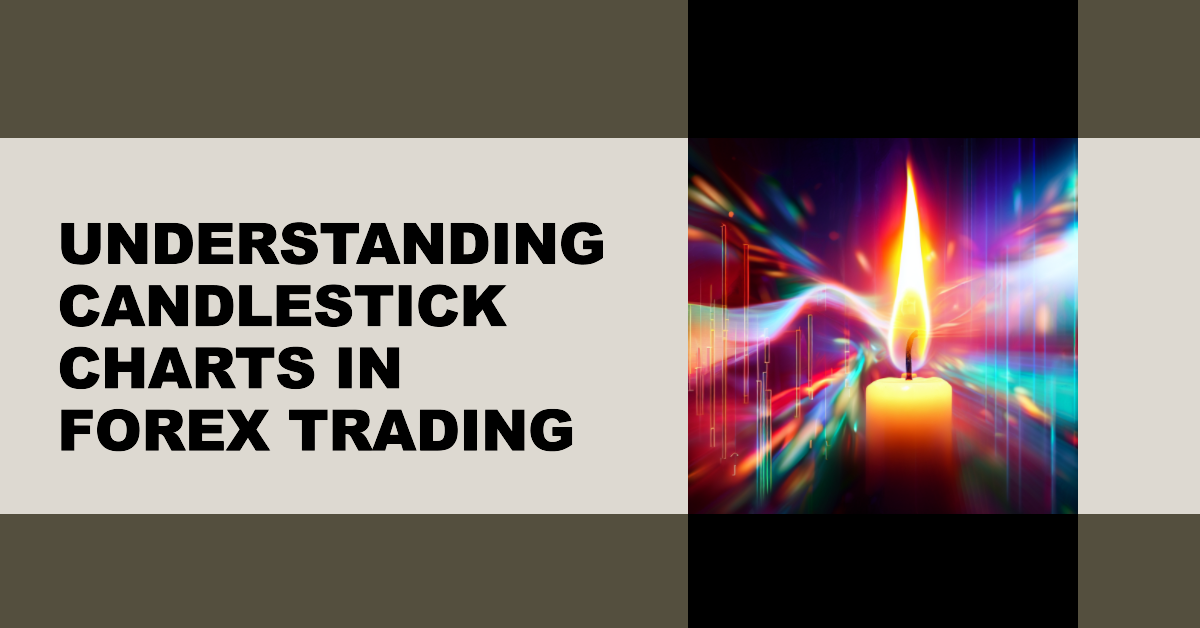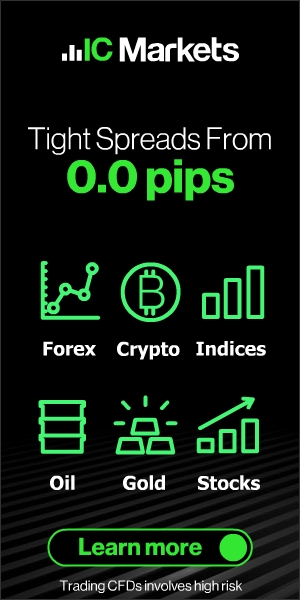
Understanding the Concept of Candlestick Charts in Forex Trading
- Jonny Smith
- August 1, 2023
- Forex Trading For Beginners
- Best_forex_broker, ECN_Forex, forex_brokers, Froex_Demo_Accounts
- 0 Comments
Hey there! If you’re interested in dipping your toes in the vast ocean of Forex trading, you’ve probably come across ‘candlestick charts’. But if you’re thinking this has something to do with romantic dinners, you’re in for a surprise! Let’s dive in and shed some light on this crucial tool for financial trading.
History and Origin of Candlestick Charts
Our story starts in the land of the rising sun, Japan, centuries ago. Back then, rice was not just a staple food but also a medium of exchange. Rice merchants needed a way to track price movements, and thus the candlestick chart was born.
The concept remained in the east for centuries until a fellow named Steve Nison stumbled upon it. He introduced this charting method to the western world, and it quickly became a favorite tool among traders.
Anatomy of a Candlestick
Alright, let’s get into the nitty-gritty of a candlestick chart. Picture a candlestick, if you will. It has a body and a wick at the top and bottom, right? Well, a candlestick in our chart has similar components. But instead of wax and wick, we have price data.
Here’s how it works: each candlestick represents a specific time period and tells us four crucial bits of information – the opening price, the closing price, the highest price, and the lowest price during that period. The ‘body’ of the candlestick reflects the opening and closing prices, while the ‘wicks’ or ‘shadows’ show us the highest and lowest prices.
Did the price go up or down during this period? A quick glance at the candlestick color answers that question! If it’s filled (usually colored), prices went down, and we have a ‘bearish’ candlestick. If it’s empty or a different color, prices went up, giving us a ‘bullish’ candlestick.
Interpreting Market Sentiment with Candlestick Charts
Candlestick charts do more than just present dry, historical data. They’re like a crystal ball, revealing market sentiment. A long bullish candlestick tells us buyers were willing to step in and push prices higher, indicating strong buying pressure. Conversely, a long bearish candlestick shows that sellers dominated, driving prices lower.
But here’s the catch! The market sentiment reflected in candlestick charts isn’t a magic wand. It’s a tool that needs to be used in conjunction with other indicators for the best results.
Decoding Candlestick Patterns
A single candlestick can tell us a lot, but when you start looking at combinations of candlesticks, things get really interesting. These formations are called candlestick patterns, and they can give traders a heads up about potential future price movements.
- Single candlestick patterns like the ‘Doji’, ‘Hammer’, and ‘Hanging Man’ can signify market indecision or potential reversals.
- Two-candlestick patterns like ‘Bullish Engulfing’, ‘Bearish Engulfing’, ‘Dark Cloud Cover’, and ‘Piercing Line’ can indicate strong market sentiment and possible price direction change.
- Three-candlestick patterns like the ‘Morning Star’, ‘Evening Star’, ‘Three Black Crows’, and ‘Three White Soldiers’ are even more potent and suggest major trend changes.
Remember, though, these patterns are not foolproof predictions but strong signals to consider in your analysis.
Combining Candlestick Patterns with Other Tools
Remember what I said about not relying solely on candlestick charts? It’s time we discuss some of the other analysis tools that you should be buddies with. Using support and resistance levels, moving averages, trendlines, and Fibonacci retracement in conjunction with candlestick patterns can give you a more rounded analysis of the market.
Like combining spices in cooking, these tools can complement each other and provide a more nuanced flavor to your trading strategy.
Practical Strategies for Using Candlestick Charts in Forex Trading
The proof of the pudding is in the eating, right? So, let’s move from theory to practice and explore some strategies using candlestick charts.
First, ‘entry and exit strategy’. Spotting a pattern isn’t enough; knowing when to get into and out of the market is key. Let’s say you spot a ‘bullish engulfing’ pattern at a key support level. This might be a good signal to enter a ‘long’ (buy) trade. On the flip side, a ‘bearish engulfing’ pattern at a resistance level might suggest it’s time to ‘short’ (sell).
Now, it’s not all sunshine and roses in trading; risks are part of the game. But having a solid ‘risk management strategy’ can be your safety net. For instance, if a candlestick pattern fails, it’s wise to have a stop loss in place to limit your potential losses.
The saying ‘practice makes perfect’ rings true in trading as well. Use ‘strategy testing and backtesting’ to test your understanding and strategy using historical data.
Finally, let’s chat about common mistakes. We’ve all heard ‘don’t put all your eggs in one basket’, right? Well, avoid relying on a single candlestick pattern for your trades. And remember, the patterns are more reliable on higher time frames, like daily or weekly charts. Patience, my friend, is a trading virtue.
Limitations of Candlestick Charts in Forex Trading
Now, I’m a fan of candlestick charts, but I must admit, they’re not the Holy Grail. They’re just one piece of the puzzle. The markets can be as unpredictable as a thunderstorm; several factors, like economic news, can cause price fluctuations that candlestick charts can’t foresee.
Moreover, these patterns may not be as effective in highly volatile markets, where price swings can distort pattern formation. That’s why it’s crucial to complement them with other technical analysis tools.
Conclusion
Phew! That was quite a journey, wasn’t it? From the historic streets of Japan to the volatile markets of today, candlestick charts have stood the test of time, proving to be an indispensable tool in a trader’s arsenal.
They offer an insightful visual into market sentiment, and understanding their patterns can give you a leg up in predicting future price movements. But remember, candlestick charts are not a standalone tool; they’re most potent when used alongside other analysis methods.
Just like learning a new language, it may seem daunting at first, but with patience and practice, you’ll soon be ‘speaking candlestick’ fluently. So keep learning, keep practicing, and may the Forex be with you!








